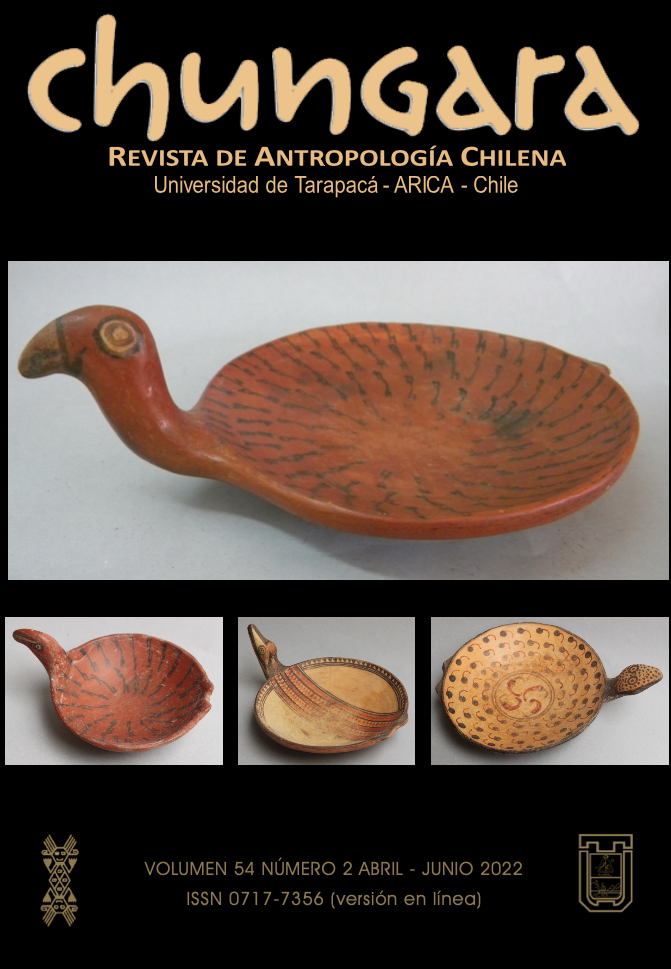20225503(en)/06 - New Data about Mortuary Practices During the Formative Period in Quebrada del Toro (Salta, Argentina) Using Sem-Edx on Bone Samples with Green Staining
NEW DATA ABOUT MORTUARY PRACTICES DURING THE FORMATIVE PERIOD IN QUEBRADA DEL TORO (SALTA, ARGENTINA) USING SEM-EDX ON BONE SAMPLES WITH GREEN STAINING
NUEVOS DATOS ACERCA DE LAS PRÁCTICAS MORTUORIAS DURANTE EL FORMATIVO EN QUEBRADA DEL TORO (SALTA, ARGENTINA) A PARTIR DEL USO DE MED-EDX SOBRE UNA MUESTRA ÓSEA CON TINCIÓN VERDE
María Eugenia De Feo
This work presents the results of an archeometric study of human skeletal remains found at the Tres Cruces I site from the Upper Formative Period (AD 400-1000), which exhibit an intense green coloration on their surface. The remains were examined using energy dispersive X-ray spectroscopy and a scanning microscope (SEM-EDX). The study also presents an analysis and discussion of the distribution of this phenomenon in bodies and its representation in different sexes and age groups. The high values of copper recorded in the samples suggest that the staining could be due to the postmortem contact of the bones with objects/artifacts made from this mineral, which have not been recorded in situ. The phenomenon is present in four individuals, two adults and two sub-adults, and is mostly concentrated in the upper extremities. The observed location, together with other records from the area, indicate that it could have been caused by the postmortem use of copper bracelets, placed on the forearms, in adults and juveniles, both male and female.






